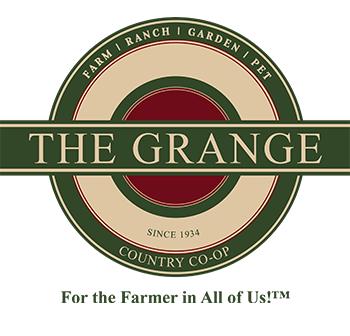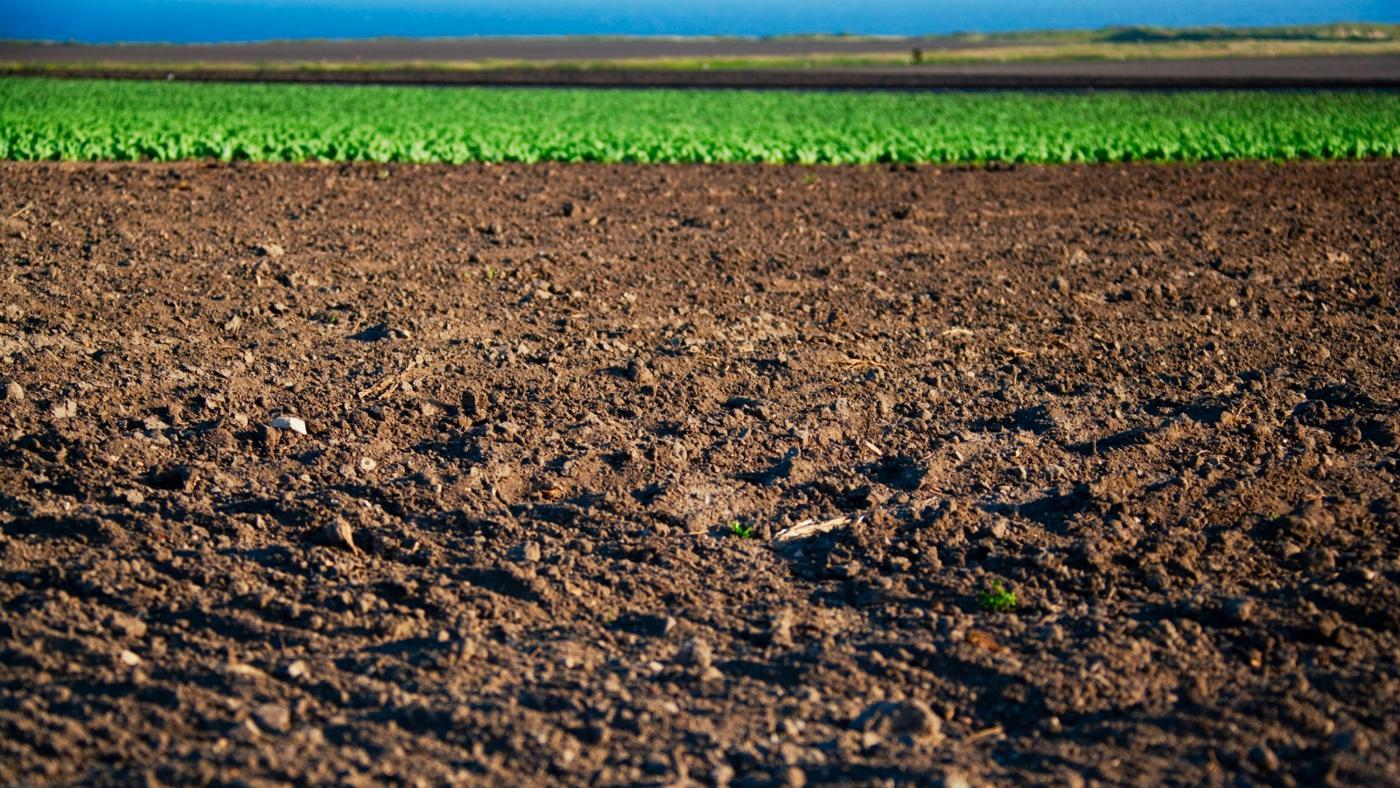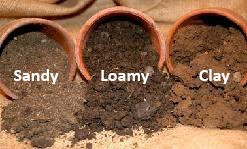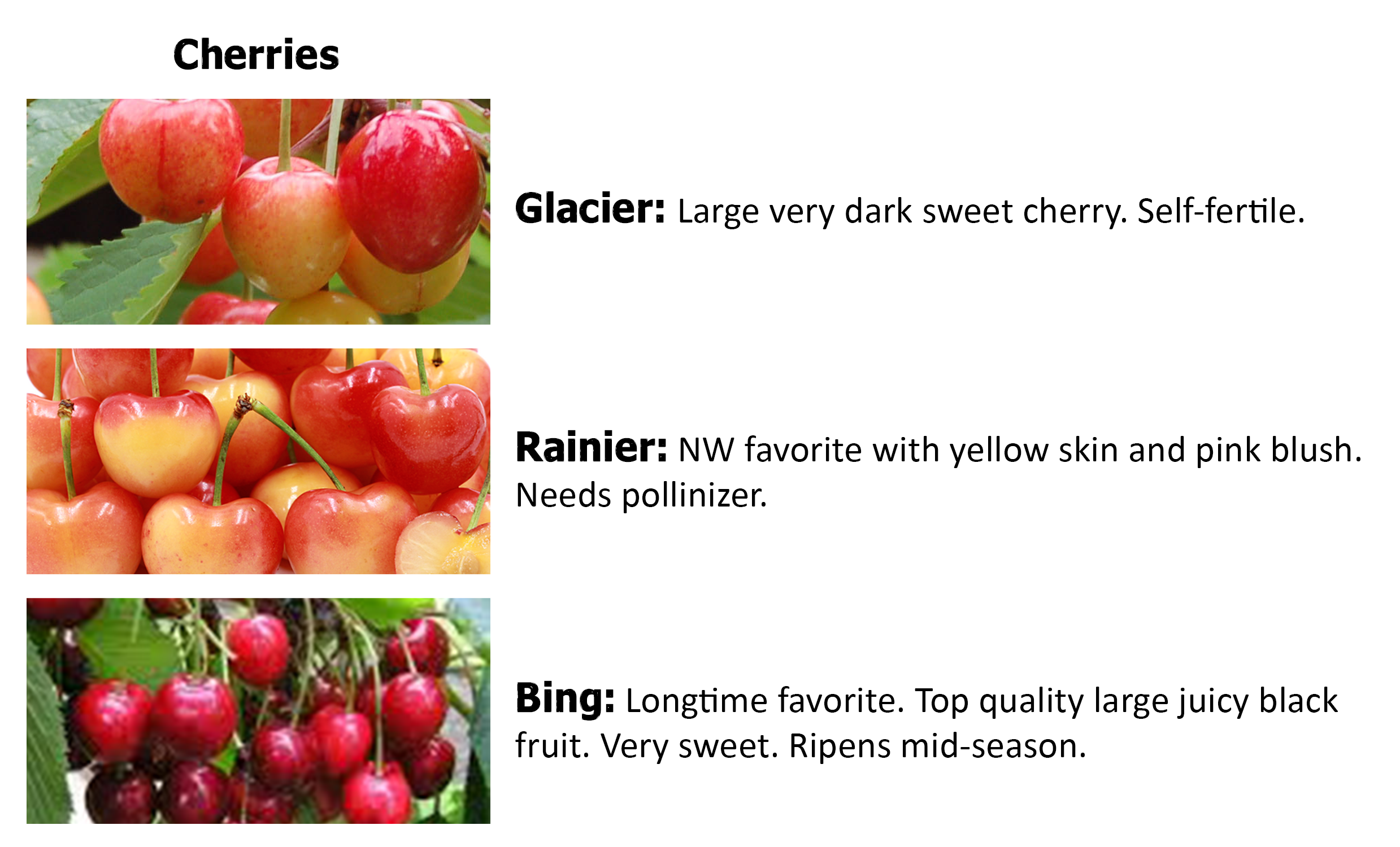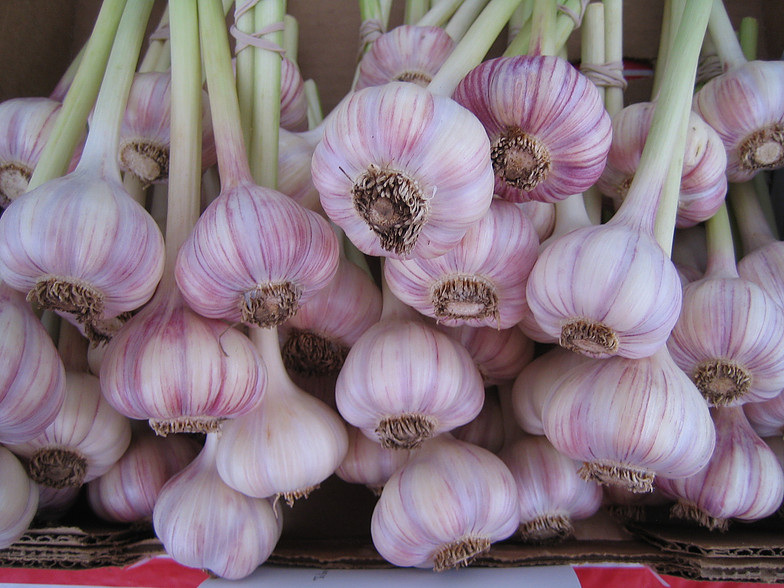5 things to do before you bring them home. Peep.

You’re bringing home your new baby chicks! That’s great! Raising chickens is rewarding but there are a few important things to do before your little ones come home.
Selecting a Breed
Now that you’ve decided to raise your own chickens, it’s time to research the breeds and see which ones will be the best option for your needs. There are 3 basic groups; egg layers, meat breeds and dual purpose.
If you want to keep chickens only for egg production, a breed like the Rhode Island Red which produces around 260 eggs per year is an excellent option.
Other great egg production breeds include Sicilian Buttercup, Olive Egger, and Cuckoo Maran.
If you’re looking to raise meat birds to have your own organic chickens and don’t care much about egg production you’ll want to pick a breed like the Buff Orpington.
The Buff Orpington is a sweet, calm breed, they are easy to handle. The bird’s appearance is a heavy, broad body with a low stance, fluffed out feathers, and a curvy, short back. They tolerate confinement very well, and although they will free-range, they rarely forage, relying mainly on the feeders.
A dual-purpose breed like the Wyandotte is great for those that want a laying chicken as well as for meat production. Wyandotte is one of Americans’ favorite hens. The Wyandotte is a large, heavy bird. The roosters will weigh around 8-9lb, while the hens will weigh in around 6-7lb.
It is described as a deep, full-breasted bird with a broad frame. It has a large broad head with a rose comb. The general shape has been said to be round.
Some other great dual-purpose breeds include Barred Plymouth Rock, Welsummer, and Speckled Sussex.
Preparing the Brooder

Before you even consider bringing home baby chicks, make sure you have a brooder ready to home your new chicks! Baby chicks cannot keep themselves warm, you’ll need to have a warm area setup (draft free).
A large plastic container or a stock tank will work great as brooders. Stock tank can later be repurposed for gardening!
Whatever you are using, get the brooder set up and place warm and dry bedding on the bottom. Best option for bedding is pine wood shavings – Don’t use newspapers for bedding – it is bad for chicks and can cause leg problems because they are slippery to walk on.

Set up a heat lamp over the brooder, for baby chicks you’ll want the temperature to be 92F. Heat lamps come in clear and red bulbs, using a red bulb will keep your chicks calmer and reduce pecking.
Waterers and Feeders
Be sure to have waterers and feeders ready upon your baby chicks arrival.
A waterer like this one is a great option because it’s easy to clean and holds plenty of water. Plastic waterers are also a great option.
When selecting a feeder make sure it is one that will not allow the baby chicks to scratch the food out or scratch bedding into it. A feeder like this one will keep their food clean.
Food
While you’re picking up your baby chicks at your local feed store, be sure to grab their food as well. The Grange carries Purina, Scratch & Peck and Payback.

All of these are excellent options for baby chicks.
Remember…
Chicks will need to be kept warm for at least 6 weeks until their feathers have all come in. Even after that, they will still appreciate some extra warmth on cold days.
Always have fresh water and food available.
Baby chicks cannot defend themselves against predators so make sure your coop is well secured from rats, racoons and other animals.
Make sure the chicken coop is draft free and has a solid bottom to predators cannot dig their way into the coop.

